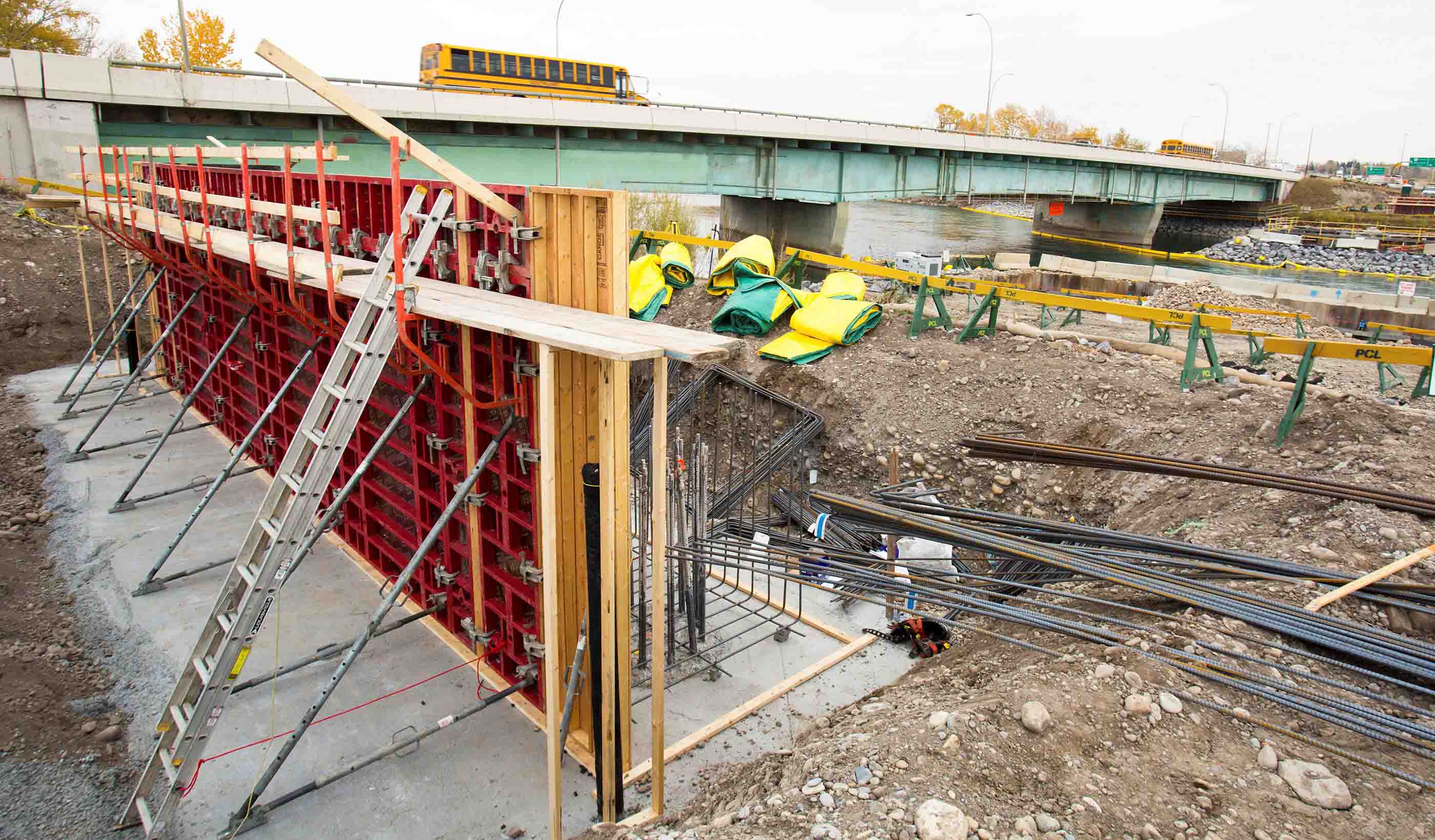Savings without sacrifice: Value engineering can counter inflation on projects
February 02, 2023
February 02, 2023
In coastal communities, value engineering can save projects millions of dollars while providing critical resilience
Inflation is greatly affecting the construction industry. Material costs continue to surge and labor costs are rising due to labor shortages. Sadly, project budgets do not always increase for inflation.
This challenges engineers to develop solutions that stretch funds while boosting project performance and meeting client goals. Though engineers always look to value engineer their designs, today’s cost pressures have forced the industry to adjust. How?
Value engineering (VE) is a critical piece of the design process. In both public and private development, it is essential to manage the process to align with approved funding and project goals.
Many project timelines include systemized VE workshops. But having a VE mentality baked in benefits every step of the design process. With this approach, experts regularly apply fresh perspectives that enhance project performance while sticking to the cost limits.

Increasing construction and labor costs across job sites has furthered the importance of value engineering.
Projects always have a value-driven mindset. But with today’s market pressures, it has become an even more crucial factor.
Design teams must incorporate VE from project inception. It requires experts who understand project goals and constantly think of value options. Our team, for example, conducts VE workshops in accordance to SAVE International and U.S. Army Corps of Engineers standards. These workshops help balance the team’s VE effort with creative ideas from outside experts who are not constrained by client criteria or design progress. Innovation and creativity are part of our DNA.
Value is the relationship between cost and benefits. A project’s life-cycle costs, including capital costs (CAPEX) and operating expense costs (OPEX), are also a factor. Both are important because there always is a trade-off between CAPEX and OPEX costs. In some cases, design options might have more cost up front but a lower total cost over the life of the project.
Beyond the life-cycle costs, project teams must evaluate other key aspects that may dictate design decisions. The list can be long. It may include impacts to the schedule, property acquisition, environmental permitting, sustainability, effects on the built environment, and utility relocations.
Through a shared process, experts apply their skills to provide the most creative and innovative options. Bringing together expertise from a variety of specialties—such as civil, structural, mechanical, and electrical engineering, along with project management—creates a full-picture evaluation of project options and strategies.
Design teams must incorporate VE from project inception. It requires experts who understand project goals and constantly think of value options.
Most of our VE includes the following steps:
During Hurricane Isaac in 2012, storm surge in the New Orleans, Louisiana, region flooded about 7,000 homes. It also submerged Interstate 10, which delayed emergency response for days. Without a storm damage risk reduction system, more than 60,000 people within St. Charles, St. John the Baptist, and portions of St. John parishes are still at risk from a similar hurricane.

Interstate 10 in Louisiana was submerged by storm surge during Hurricane Isaac.
Efforts are now underway to better protect Louisiana residents and reduce risks. For example, our team is working on the West Shore Lake Pontchartrain Risk Reduction project. It’s a 100-year storm risk reduction system featuring an 18-mile levee system. The project includes levees, pump stations, floodwalls, and drainage canals to keep the emergency evacuation routes that flooded in 2012 open to residents.
As part of the VE and design focus, we offered potential cost saving options and detailed concepts. The design team reduced the number of pump stations and connected the system to move water to a larger pump station. This solution lowers the CAPEX figure without reducing system functionality.
As part of the VE process, we reduced the pump station building size and moved the operations room/mechanical and electrical equipment into a separate building. This reduced the need for deep foundations and overall building area. The changes resulted in more than $120 million in CAPEX savings. This solution also helped reduce the OPEX costs by $400,000 annually by having fewer stations to operate and maintain.
Most importantly, this project will provide residents of St. John the Baptist and St. Charles parishes 100-year level storm surge protection through 2070. The design also factors in anticipated sea level rise.
The Mid-Breton Sediment Diversion and Coastal Restoration Program is a critical piece of Louisiana’s Master Plan for a Sustainable Coast. The project centers on reestablishing a connection between the Mississippi River and the Breton Sound Basin. It will divert the river’s nutrient and sediment-laden water into the basin. The transfer of sediment aims to restore wetlands, reestablish coastal habitats, and reduce the risk of damage from hurricane surge by maintaining the barrier that protects parts of New Orleans.

The Coastal Protection and Restoration Authority is working to restore Louisiana’s ecosystems and create a sustainable coast.
Our work for the Coastal Protection and Restoration Authority (CPRA) focused on levee design, flood control and diversion, roadway realignment, bridge crossings, building design, and ecosystem restoration. As part of the program, our team used VE to reduce costs and improve project performance.
During a VE workshop with the design team and CPRA, we looked at 67 potential optimization measures. Three main options were incorporated into the design and saved nearly $100 million in construction costs. This included modifying the conveyance channel base width, changing the gate type (from radial gates to vertical lift gates), and reducing the outfall channel length. These changes generated total construction cost savings of approximately $100 million.
It’s always important to look for savings—for every partner on a project. I’m always excited to see the true value that comes from bringing our experienced, innovative, and empowered team members to a project. The result? Impactful, efficient, and successful projects.